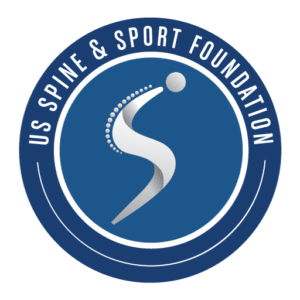Back extension endurance and strength: Effect of variable angle roman chair exercise training.
Verna JL, Mayer JM, Mooney V, Pierra EA, Robertson VL, Graves JE. Spine (in press).
Study Design. Pre / post intervention randomized, controlled trial.
Objectives. To evaluate the effect of progressive resistance exercise training using a Variable Angle Roman Chair (VARC) on the development of lumbar extensor endurance and strength.
Summary of Background Data. Progressive resistance exercise for the lumbar extensors has been used successfully for low back pain rehabilitation, but the limitations of currently available back exercise devices have negatively affected utilization.
Methods. Thirty-six healthy volunteers were randomized into one of two groups: A VARC exercise group (n = 18) that performed one set of fifteen to twenty-five repetitions of dynamic progressive resistance back extension exercise on a VARC three times per week for eight weeks; and a control group (n = 18) that did not perform resistance exercise. Prior to training and following four and eight weeks of training, static back extension endurance (seconds) and isometric lumbar extension strength (N×m) were recorded.
Results. The VARC exercise group displayed a 42% increase in static back extension endurance at the 4-week and 8-week tests relative to the pre-training measure (p < 0.05). The control group did not increase back endurance time at either the 4-week or 8-week tests (p > 0.05). Neither the VARC exercise group nor the control group displayed an increase in lumbar extension strength at the 4-week or 8-week tests (p > 0.05).
Conclusions.Dynamic progressive resistance exercise training on a VARC is capable of developing back extension endurance. Future research is needed to determine the clinical applicability of VARC exercise training for low back pain patients.
